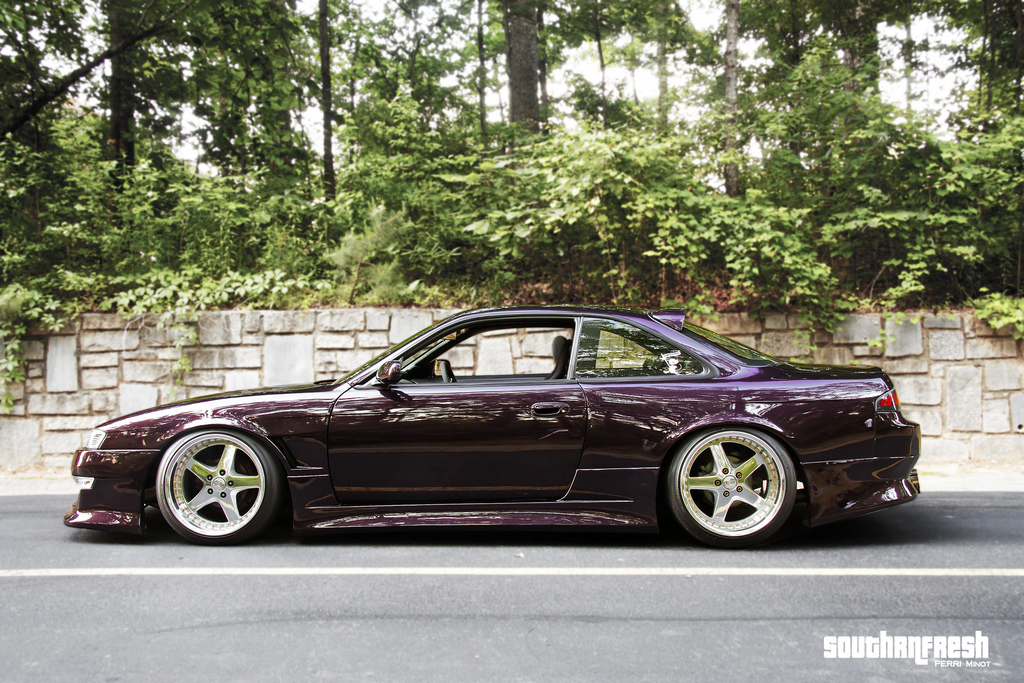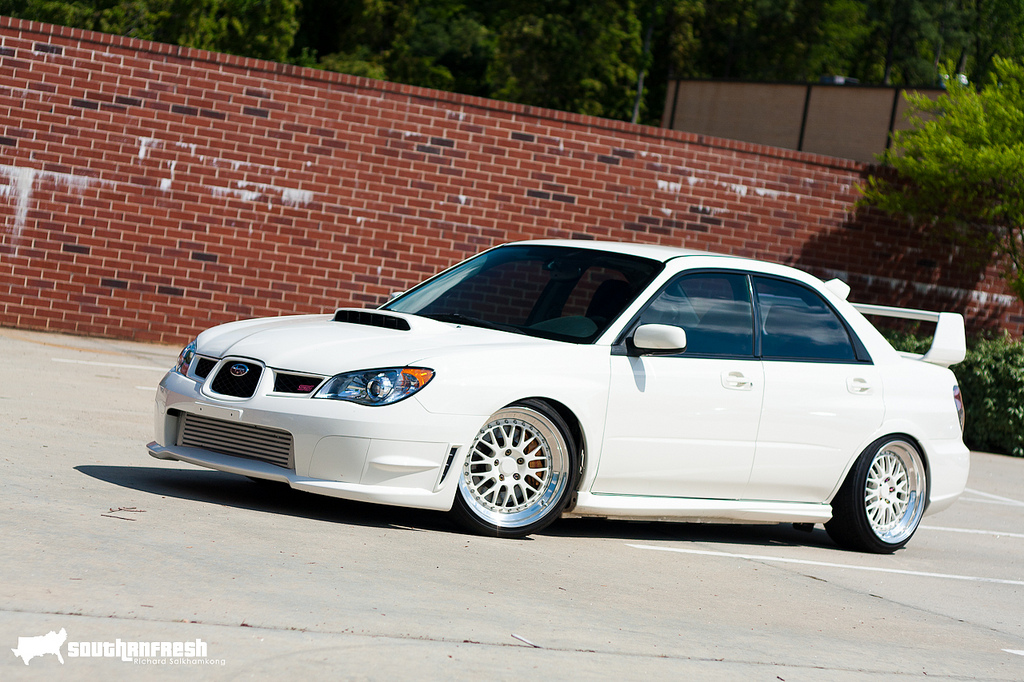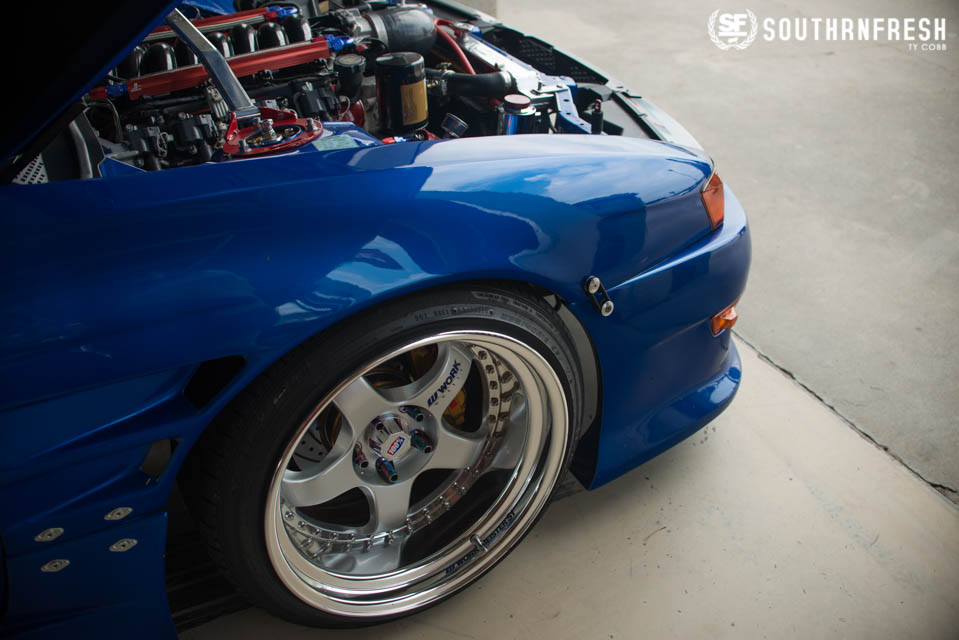2015 WRX First Drive Impressions

The ever evolving WRX finally gets a complete overhaul. Visually to me the car looks more subtle, if I did not know what it was and without the badges I would mistake it for a Lancer. It still has some of the past WRX features like the traditional hood scoop, and wide front fenders.

As in the BRZ, the WRX runs the FA- series 2.0-liter flat-four, but with a tur bocharger and direct injection only (the BRZ’s Toyota-developed fuel- delivery system includes both port and direct injection). We first saw the FA thus configured in the 2014 Forester XT. With variable timing on both the intake and exhaust camshafts and a 10.6:1 compression ratio, it manages 268 horsepower at 5600 rpm and 258 pound-feet at 4800. That horsepower total is only three higher than the outgoing WRX’s 265, but it peaks 400 rpm sooner and is generated by 20-percent-less piston displacement. – caranddriver.com

The new engine has a big noticeable change for the WRX, is the turbocharger location has been moved to on the bottom of the engine. As opposed to being up top next to the firewall. Should make for even better access for modifications, and less heat soak to the intake components up top.

Yeah, CVT. Blech. Subaru claims that the Sport Lineartronic paddle-shiftable CVT doesn’t suck (of course), but we’ll see about that. In the Vehicle Dynamic Control’s “sport” and “I” settings, the CVT apes a six-speed automatic. In “sport #” (read it as “sport sharp”) mode, the ’box pretends to have eight ratios.
But that’s not the only trans available, fortunately. A six-speed manual replaces the outgoing WRX’s five-speed and will be the enthusiast’s choice. Modified from the Forester’s manual, it uses the same carbon synchros on first and second but has different second and sixth gears and a cable-shift linkage instead of the Forester’s rods. Man-trans models have a center differential with a fixed 50/50 front/rear torque split. The CVT pairs with a version of Subaru’s Symmetrical All-Wheel Drive system that has Variable Torque Distribution. In it, the center diff provides a 45/55 front/rear torque split with an electronically controlled device that varies the ratio as necessary. Like many “torque-vectoring” systems today, it applies the front inner wheel’s brake in turns. – caranddriver.com
Photos from: CARANDDRIVER.COM



